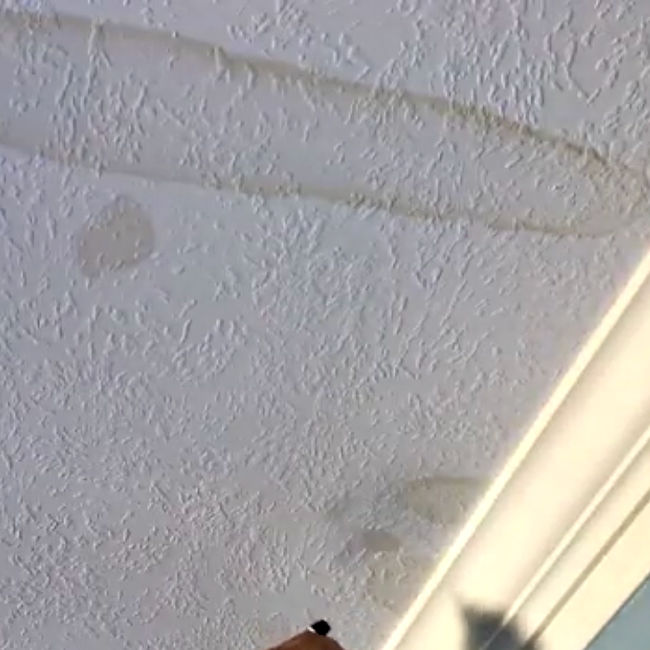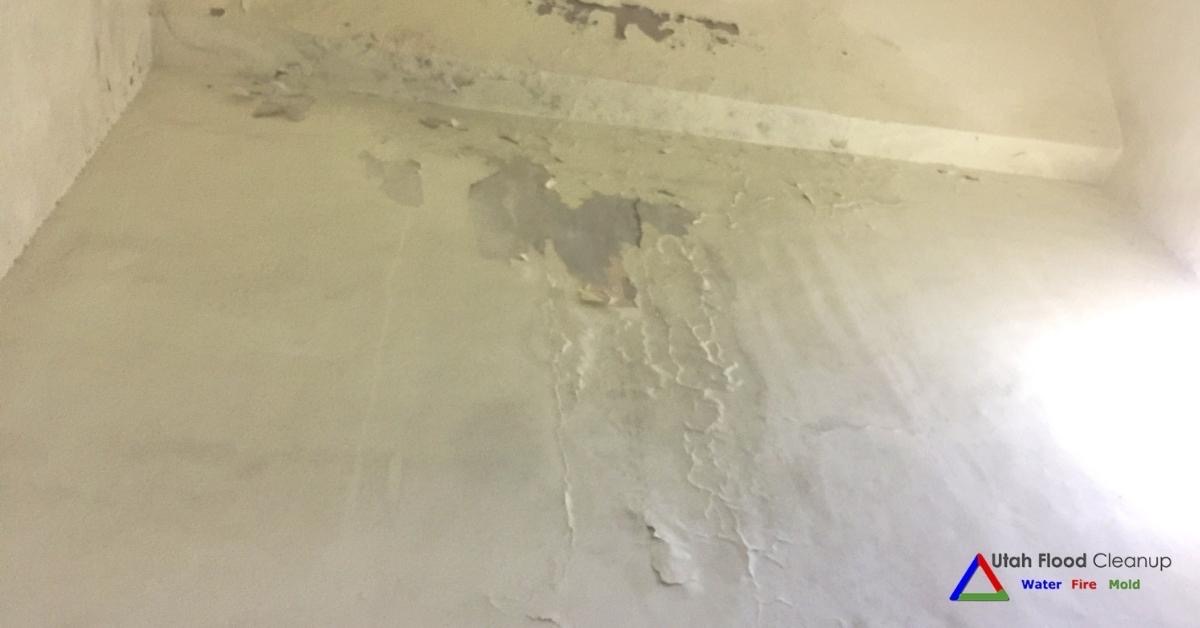How to Identifying and Fixing Water Stains on Walls: Checks
How to Identifying and Fixing Water Stains on Walls: Checks
Blog Article
What're your opinions regarding How to Remove Water Stains from Walls and Ceilings?

Water stains on wall surfaces are not pleasurable to the eyes. Your home should lack stains on the walls, roof covering, or floors. That is the ideal state of a house and its frameworks. In some cases it appears practically unpreventable to experience water discolorations on walls in residences.
House owners living in damp areas continuously deal with the concern of water discolorations on walls. With exact as well as well-shaped details on the causes of water spots and timely repair service processes, you will always be a step in advance of such events.
3 Usual Root Causes Of Water Spots on Wall Surfaces
Unlike common belief, water discolorations on wall surfaces do not constantly stem from poor structure products. There are numerous sources of water discolorations on walls. These include:
Damp
When warm moist air meets with dry chilly air, it creates water beads to base on the wall surfaces of buildings. This occurs in shower rooms as well as kitchen areas when there is heavy steam from food preparation or showers. The water droplets can stain the bordering walls in these parts of your residence and also spread to various other locations.
Wet or condensation affects the roofing system and wall surfaces of buildings. This creates them to appear darker than other locations of the house. When the wall surface is wet, it produces a suitable environment for the development of fungis as well as microorganisms. These may have adverse results on health, such as allergic reactions and also respiratory system conditions.
Poor Water drainage
When making a building strategy, it is vital to ensure ample water drainage. This will prevent water from permeating into the wall surfaces. Where the drain system is clogged or missing, underground dampness develops. This links to extreme wetness that you see on the walls of your structure.
The leading reason of damp walls, in this situation, can be an inadequate water drainage system. It can also be because of inadequate management of sewage pipelines that go through the building.
Pipe Leaks
A lot of residences have a network of water pipelines within the walls. It always boosts the viability of such pipes, as there is little oxygen within the wall surfaces.
Yet, a disadvantage to this is that water leakage impacts the walls of the building and also causes prevalent damage. A dead giveaway of faulty pipes is the appearance of a water tarnish on the wall.
Pro Tip
A houseplant in your home likewise raises its humidity. If the house is already damp, you might desire to introduce houseplants with minimal transpiration. An example of appropriate houseplants is succulents.
Water Discolorations on Wall Surface: Repair Tips
Homeowners would generally want a quick fix when handling water stains. They would certainly quickly understand this is disadvantageous as the water discolorations recur. So, here are a few valuable ideas that will certainly assist you in the repair service of water spots on wall surfaces:
Final thought
Although no one intends to have water spots on walls in their residence, it can occur to the best of us. This article offers you take advantage of, as you now understand how to manage this problem if it does occur.
It is constantly best to recruit specialist services to aid deal with the problems in your home.
Occasionally it appears practically inevitable to experience water discolorations on walls in homes.
In contrast to popular idea, water spots on walls do not always stem from inadequate building materials. There are numerous causes of water discolorations on walls. The water droplets can discolor the surrounding wall surfaces in these parts of your house as well as spread to various other areas.
Here are a couple of useful pointers that will lead you in the repair service of water stains on wall surfaces:
CHECKING FOR WATER DAMAGE
Water damage can be costly, and it may begin before you even notice the first signs of trouble. Water damage can cause mold and mildew in your walls and floors, which can create an abundance of health concerns for your family. It can also lead to costly repairs of various appliances and general home fixtures. To avoid the pricey consequences of water damage, here are Warner Service s top 5 places you should check:
The walls The easiest place to spot the beginnings of water damage is on the walls and ceilings of your home. If water damage is present, there will most likely be water stains, especially around the windows and doorframes, and/or cracks in the drywall. If a stain looks unusual (discolored to brown, black or gray, raised texture), has a swollen appearance or is soft to the touch, contact a professional immediately. The pipes To avoid water damage, consistently check the pipes in your kitchen (especially the dishwasher and ice maker), bathrooms, laundry room (specifically washing machines) and basement for corrosion, leaks and water stains. Pay special attention to where the pipes connect in your home and the location of caulking around the bathroom fixtures, including toilets, sinks, showers and tubs. Missing or loose caulking and grout could be signs of leaking water. This seepage can also quickly cause mold and rust, so double check your water heater and tank for wet spots on the floor. The floor Water damage is very easy to spot on the floor. Look for any warping or buckling of the material, especially in the basement. If your home has wood flooring, look for bright white or dark stains. If your home has carpeting, keep it dry and clean. A damp carpet that smells of mold could cause water damage and health problems. To avoid this, consider installing floor pans under your appliances to help prevent damages from small, slow and undetected leaks. The basement and attic If your basement or attic smells odd check for mold and mildew around the area, especially the valley where the roof meets. While you are inspecting those areas, check for wall cracks, floor stains, rust and dampness in the insulation. If you live in a colder and/or rainier climate, perform routine checks for water damage from melting snow or ice and rain. The exterior Check the roof for damaged flashing and missing, cracked or curled shingles. There should also be no standing water anywhere outside your home. This could be caused by puddles, leaky rain gutters or hoses, poor drainage, or short gutter spouts. Invest in a sump pump system or water flow monitoring system, and perform routine maintenance on these outdoor appliances to avoid indoor water damage.

I ran across that article on Water Stains on Walls when exploring the web. Enjoyed our piece? Please share it. Let other people find it. Many thanks for your time invested reading it.
Get Estimate Report this page